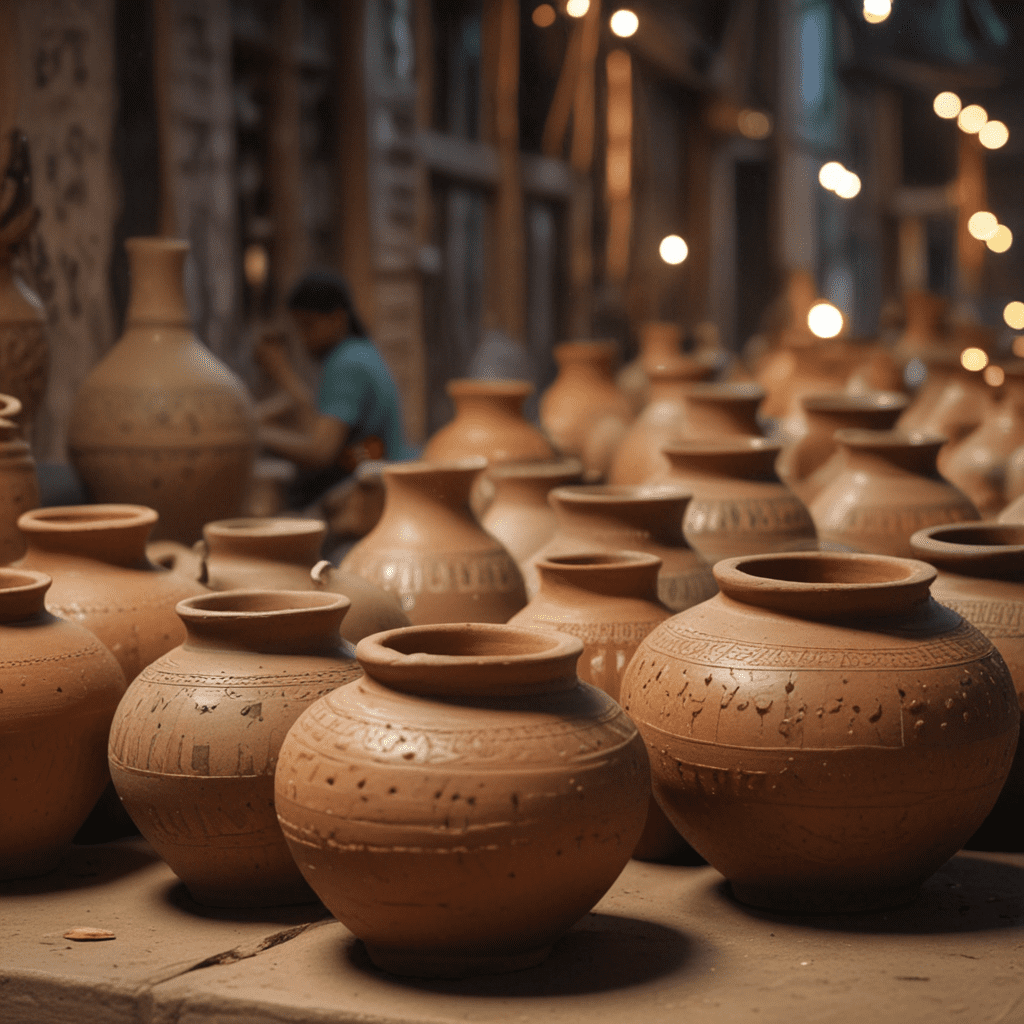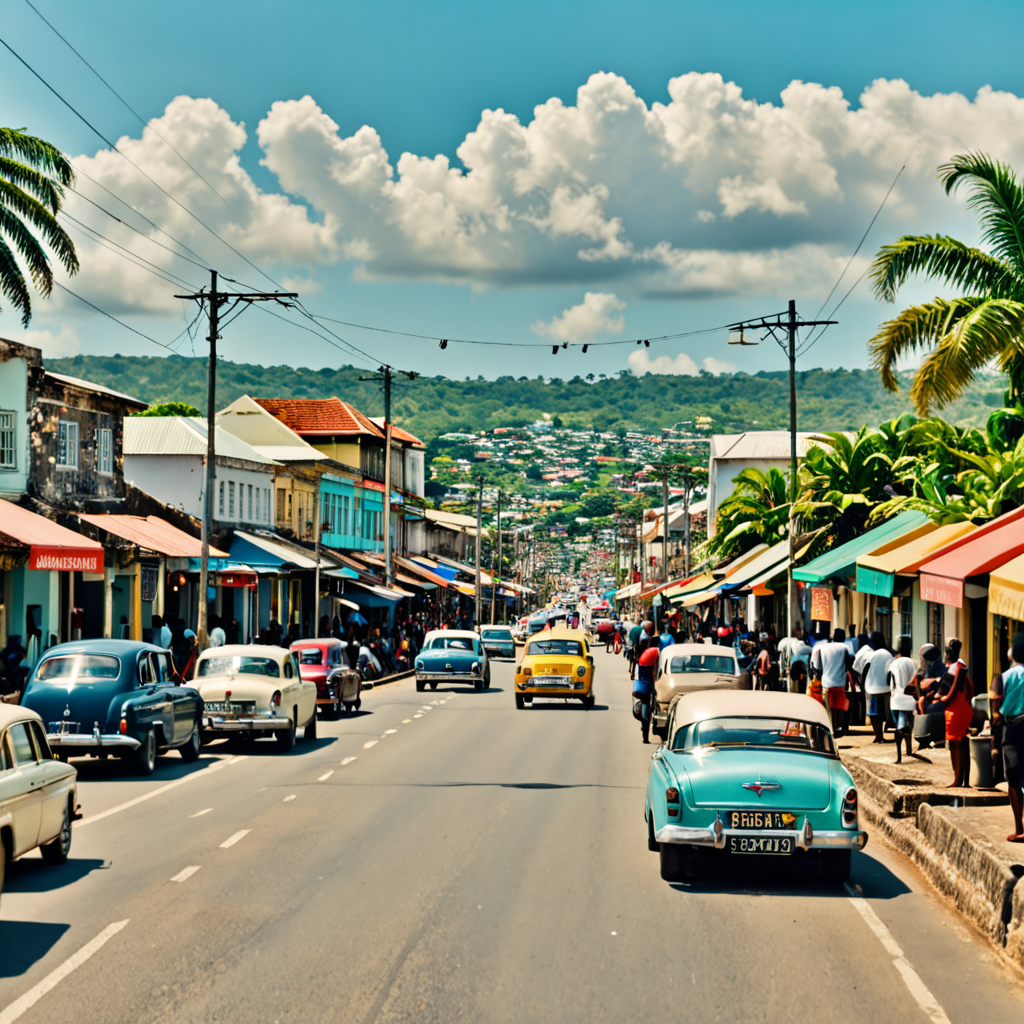An Introduction to the Art of Pottery in Bangladesh
The art of pottery holds a deep cultural and historical significance in Bangladesh. This ancient craft has been practiced for centuries, showcasing the creativity and skill of Bangladeshi artisans. With its diverse regional styles and unique characteristics, Bangladeshi pottery has gained recognition both within the country and internationally.
Historical Origins and Evolution
The origins of pottery in Bangladesh can be traced back to the Neolithic period, around 8,000 to 10,000 years ago. Early pottery was made of clay and often decorated with simple patterns. Over time, the techniques and styles of pottery evolved, influenced by various cultural and historical factors. The Mughal period, from the 16th to 19th centuries, saw the emergence of glazed pottery, introducing new colors and designs.
Traditional Pottery Techniques
Traditional pottery in Bangladesh is still made using age-old techniques that have been passed down through generations. The clay is first collected from local riverbanks or ponds. It is then kneaded, shaped, and fired in a kiln. The firing process is crucial, as it determines the strength, hardness, and porosity of the pottery.
Unique Characteristics of Bangladeshi Pottery
Bangladeshi pottery is renowned for its distinct characteristics. It is often made of a reddish-brown clay, which gives it a warm and earthy tone. The pottery is typically unglazed, allowing the natural beauty of the clay to shine through. The designs are often simple and geometric, featuring motifs inspired by nature or traditional patterns.
The Significance of Clay in Bangladeshi Culture
Clay holds a deep cultural significance in Bangladesh. It is believed to be a symbol of fertility and prosperity. In many villages, pottery is used for everyday purposes, such as cooking, storing food, and carrying water. Pottery is also an integral part of traditional festivals and ceremonies, where it is used to make offerings to gods and goddesses.
Regional Variations in Pottery Styles
Pottery in Bangladesh exhibits a wide range of regional variations. Each region has its own unique style, influenced by local traditions and the availability of raw materials. The most prominent pottery styles include:
- Dhaka Pottery: Known for its glazed and intricate designs, featuring floral motifs and blue or green hues.
- Rajshahi Pottery: Famous for its unglazed, terracotta pottery with reddish-brown tones and geometric patterns.
- Comilla Pottery: Specializes in black pottery, fired at high temperatures to achieve a lustrous finish and adorned with intricate carvings.
- Bogura Pottery: Produces large, unglazed pots with a distinctive rustic appearance and bold patterns.
Pottery as a Form of Livelihood
Pottery is a vital source of income for many artisans in Bangladesh. Traditionally, pottery was passed down through families, with each generation honing their skills. Today, pottery workshops and cooperatives provide training and support to artisans, enabling them to sustain their livelihood and preserve traditional techniques.
Contemporary Innovations in Pottery
In recent years, Bangladeshi potters have embraced contemporary design and techniques while staying rooted in traditional practices. They are experimenting with new glazes, colors, and shapes, creating innovative and unique pieces. These contemporary innovations have expanded the appeal of Bangladeshi pottery, attracting both local and international collectors.
Preservation and Promotion of Pottery Heritage
Recognizing the cultural significance of pottery, the Government of Bangladesh has taken steps to preserve and promote this traditional craft. It has established pottery training centers, museums, and research institutes dedicated to the study and preservation of pottery techniques. Additionally, various organizations and initiatives work to support and empower potters, ensuring the continuity of this ancient art form.
Conclusion: The Enduring Legacy of Bangladeshi Pottery
The art of pottery in Bangladesh is a testament to the creativity, skill, and cultural heritage of the nation. From its humble origins to its contemporary innovations, Bangladeshi pottery continues to captivate and inspire. Its unique characteristics, regional variations, and enduring significance make it an invaluable asset to the country's cultural landscape, ensuring that the legacy of this ancient craft will continue to flourish for generations to come.
FAQs
Q: What is the most common type of clay used in Bangladeshi pottery?
A: Reddish-brown clay
Q: Name one of the most famous pottery styles in Dhaka.
A: Glazed pottery with intricate designs
Q: What is the significance of black pottery in Bangladesh?
A: It is a specialty of Comilla and is known for its lustrous finish and intricate carvings
Q: How is pottery preserved and promoted in Bangladesh?
A: Through pottery training centers, museums, research institutes, and various support initiatives


